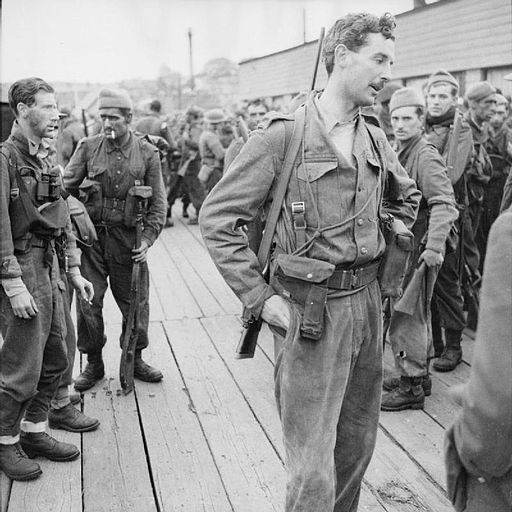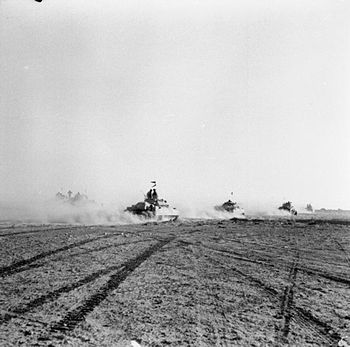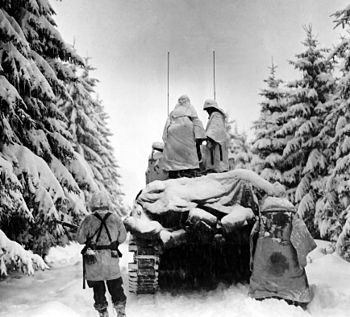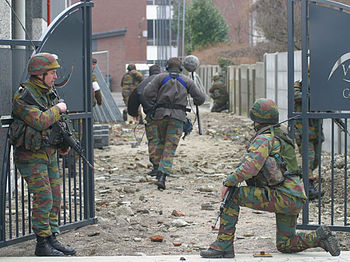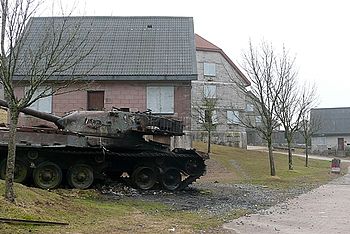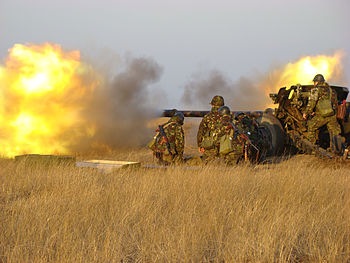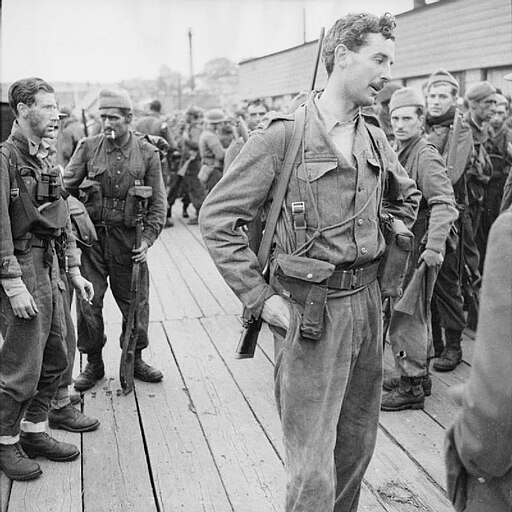Here is the text I submitted for the Creative Writing assignment. The first and third parts are unaltered. I lightly edited Part 2 based on the feedback received (in net terms I added five words). Part 1 is a freewrite, intended to spark ideas based on a prompt. Part 2 is, in my case, a piece of autobiographical writing (my apologies if anyone recognises the events in question). Part 3 is a reflection on the process of doing the assignment.
Part 1: Freewrite on prompt ‘Walking at Night’
Some of the most fun I ever had was wandering about in the dark. As a teenager I used to play outside at night, walking through the streetlights, with others playing hide and seek in the dark corners. It taught me to move silently and to use shadows to sneak back to the lamp-post we used as the home base. Later I put those skills to a different use wandering British Army training areas armed to the teeth and looking for trouble. Everything was secured so that it wouldn’t rattle, money was left behind, loose bits of equipment tied or taped down using dark green paracord, black electician’s tape or black gaffer tape depending on what it was. When I was done I would jump up and down and shake my body like there was a disco thumping, all the while listening for rattles, squeaks and rustles.
Preparations complete I would go with the other members of the patrol into the dark. The landscape always looks different at night, especially without lights. Crossing a wide open field is very hard, landmarks can usually only be made out a few yards ahead, even in bright moonlight the horizons are a lot closer than in daylight.Â
Part 2: Autobiographical writing ‘Night Patrol‘
I’m on point for the patrol. The countryside renders in dark blue and grey, lit by stars and a sliver of moon. The horizon is close, sky and grass blend together less than 100 metres away. Trees stand darkly, visible further out. We move in foot long grass parallel to a track, avoiding waist high patches of thick, jagged gorse.
Each step is slow and deliberate. My left foot moves forwards. Toes gently touch the ground before I place the rest of my foot down. I slowly pass my weight from right leg to left as I scan the vague horizon. I listen carefully. My full attention is to the front, others behind me are watching to the left, right and rear. We move silently and without lights. It’s November in Inverness and the air smells icily fresh. The breeze cools my face. Moving makes me overheat because of the weight I carry, 30 pounds of food, water and ammunition round my waist, my combat jacket laden with chocolate, notebook, torch, knife, whistle and more ammo. I’m wearing multiple layers, t-shirt, shirt, jersey, combat jacket, scarf, woollen hat, helmet and two pairs of gloves. These are unavoidable, we may lie in ambush for hours.
Ahead the ground undulates, which means we’re close to the trenches. The spoil is camouflaged with turf, but it stands proud of the surroundings. A barbed wire entanglement resolves itself ten metres in front, the wire only apparent when I can touch it. The patrol commander produces white mine tape from his jacket. He ties some to the wire as we skirt around it. In the gap, I spot a hair thin trip-wire stretching blackly across my path. One end is on the stake holding a corner of the entanglement, the other lost in the dark.
I wave the patrol into cover before carefully placing white tape over the trip-wire. I follow it to find a flare on a post. I want to deactivate the flare, but the patrol commander shakes his head. We mark the trip-wire and pass the patrol over it. A few metres further on I see sandbags atop the nearest hillock. Another silent hand signal and we form a line. Moments later a soldier is highlighted on our skyline. Looking around I observe three other trenches.
I hold a thunderflash prominently for the patrol to see. The commander next to me does the same, and together we pull the strikers. It sounds like a giant match being struck, but doesn’t seem to attract any reaction. I throw mine in a great arc to land near the closest trench. As it leaves my hand I count in my head. I re-take control of my rifle. I get to four. Lightning flashes accompanied by a tremendous bang. The patrol starts shooting. The night air now smells of burnt carbon and fireworks.
There are shouts of “Stand To!â€. We’ve taken them by surprise. Return fire pops and crackles all across the position, not just the trenches closest to us. Most don’t appear to know where we are. I can see muzzle flashes of the closer firers. Each shot is accompanied by a blue flash, and I can tell that they aren’t pointed at me. I hear several flares hiss up and burst with a soft pop. A series of short-lived, cold suns brighten the neighbourhood. Sharp, moving shadows subside as they drift downwards on a parachute. Clear fire orders can be heard and the shooting slows slightly.
Surprise over, we leave in reverse order. While I provide covering fire, a comrade runs into the tripwire we marked and gets tangled. Three others bunch round to help. I hear inventive swearing and the flare fizzing. I close one eye to preserve my night vision, they are clearly silhouetted. Before following I find a smoke grenade and pull the pin. I check the breeze, release the lever and lob it to obscure my departure.
Speed is now more important than stealth. I charge past my friends, beyond the flare light, throwing myself onto the ground. I fire a few times until they thunder past me. The commander shouts to regroup at the lone tree. I sprint after them. When I get to the tree there is a feeling of exhilaration. Clouds of steam show how much exercise we’ve done. Behind us there is still shooting. I pull a water bottle from my belt, it is chilled as though from the fridge and it tastes sweet.Â
Part 3:Â Reflective commentary
Free writing is new to me, I hadn’t previously written from a prompt. Usually I have an idea for a story, I think about it and then type. The free write shown here is a straight first draft, and I stopped when I got to the requisite word count. It triggered memories of 25+ years ago when I regularly walked in the dark.
I originally tried to write some fiction based on the freewrite. I took a piece that I had written for the online tutorial and tried to see how I could use the techniques learnt in the tutorial. I wrote about 400 words but decided that the link to the freewrite was tenuous. So I decided to try writing what I knew, and wrote an autobiographical piece that directly flowed from the freewrite. While writing it I consciously tried to describe the scene in terms of sight, sound, smell and hearing as per exercise 3.3 in the coursebook. The first draft came out at almost double the required word count, however reading it back I felt that I could edit it to fit.
I posted the first draft of Part 1 & Part 2 on the Forum (Kemp, 2013) in the hope of getting some feedback. There was one response, which made some suggestions which I directly incorporated into a second draft ([REDACTED], 2013). As well as those suggestions I re-ordered some paragraphs to make the narrative flow better, re-wrote it into present tense and removed repetition and superfluous words as per the feedback from the online tutorial. This brought the draft down to just over 800 words, which although on the high end was within the tolerance allowed. I then posted this revised draft on the forum in case there was any further feedback. A few days later I then re-edited to make it shorter, testing each word for necessity.
Like this:
Like Loading...









